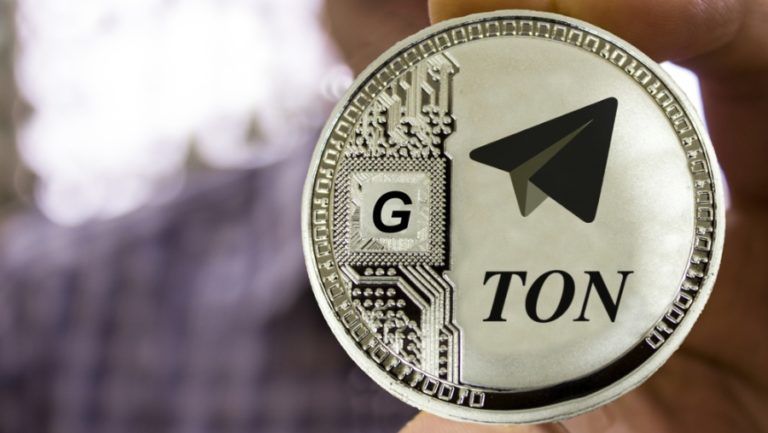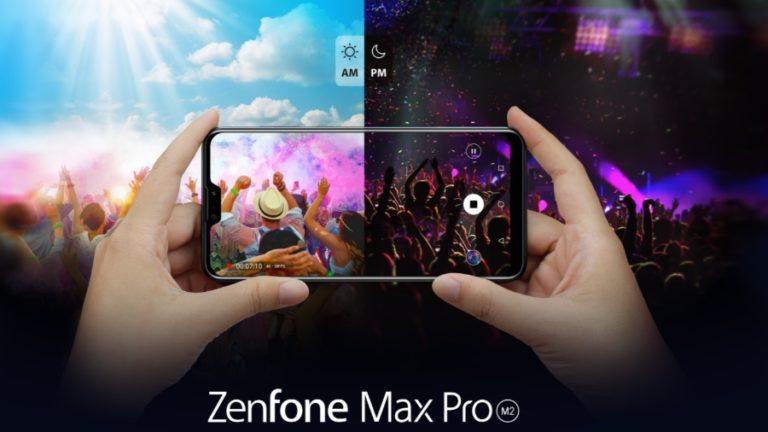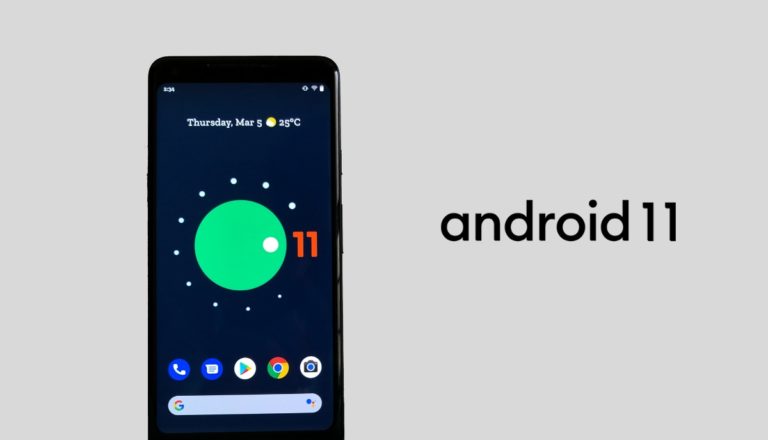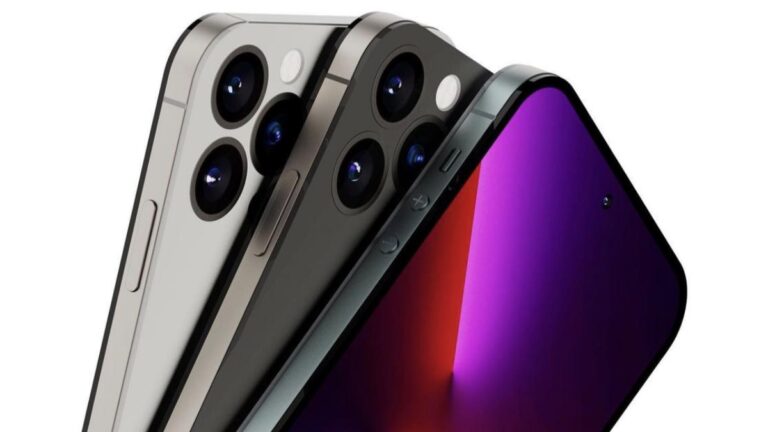Flagship Smartphones Will Only Get More Expensive From Here

If you haven’t noticed, the price gap between budget smartphones and flagships is ramping up with every new release.
Take the case of Samsung’s Galaxy series compared with Xiaomi’s Redmi series, for instance — The Galaxy S20 starts at $1000 while the Galaxy S20 ultra version can go up to $1600.
But last year, the Galaxy S10 was priced at $900 for the base model, and 2018’s Samsung Galaxy S9 started with a price tag of $715. There appears to be a $100 or more jump with each release.
On the other hand, Xiaomi’s budget flagship Redmi Note 9 Pro Max starts with a price tag of $196, interestingly, same as the starting price of 2019’s Redmi Note 8 Pro and merely a $13 jump from the 2018’s Redmi Note 7 Pro base model. Xiaomi’s meticulous pricing strategy is a topic for another day.
Today, the question is why are high-end smartphones becoming more expensive with every new release?
High-end specifications to blame
There are a number of reasons for flagship smartphones’ higher prices, however, all stem from the manufacturers’ thirst to add top-of-the-line specs to their smartphones.
While there is always a demand for a larger screen and bigger battery; the SoC plays a significant role in inflating the smartphone price.
For instance, this year, it’s Qualcomm Snapdragon 865 which is responsible for the higher price. Not only is the chip expensive, but it offloads the 4G and 5G connectivity to separate a chip (X55 Modem). Since two individual chips are required, it requires additional space to fit in.
The chip naturally requires smartphones to leave more space, have a complicated motherboard, and a bigger battery to support inflated specifications, therefore leading to a higher price.
Manufacturers go for cheaper options
In retaliation, several smartphone makers have decided to skip out on the Qualcomm’s latest chip. Google might not include the Snapdragon 865 in its Pixel 5. This was suggested in a recent teardown of the Google camera app.
Meanwhile, LG and Nokia, both have decided to deliver their flagship phones, LG G9 ThinQ and Nokia 8.3, with Snapdragon 765G. The chip is relatively cheap and slightly slower than 865; however, the biggest plus point is 765G has an integrated 5G modem.
This allows smartphone makers to deliver 5G capability while keeping a lower price. Rumors are that the Google Pixel 5 will also pack the Snapdragon 765G SoC.
Overpriced devices from the likes of Samsung and Google is one big reason why Chinese manufacturers have been able to scoop up huge smartphone market shares.
Last month, Xiaomi became the second-biggest smartphone manufacturer, dethroning Huawei, who is another contender from China. Meanwhile, Oppo and Vivo both retained their positions in the top five.
Yesterday, Xiaomi announced Redmi K30, which offers Snapdragon 865 (5G capable), a 6.67-inch AMOLED screen, a 4,700mAh battery, a quad-camera with 64 MP primary shooter, all of this for a starting price of $425.
This makes us wonder, even if Redmi K30 compromised on a few features (just our speculation), do other premium smartphone makers really justify their $1000 price tag and above?






